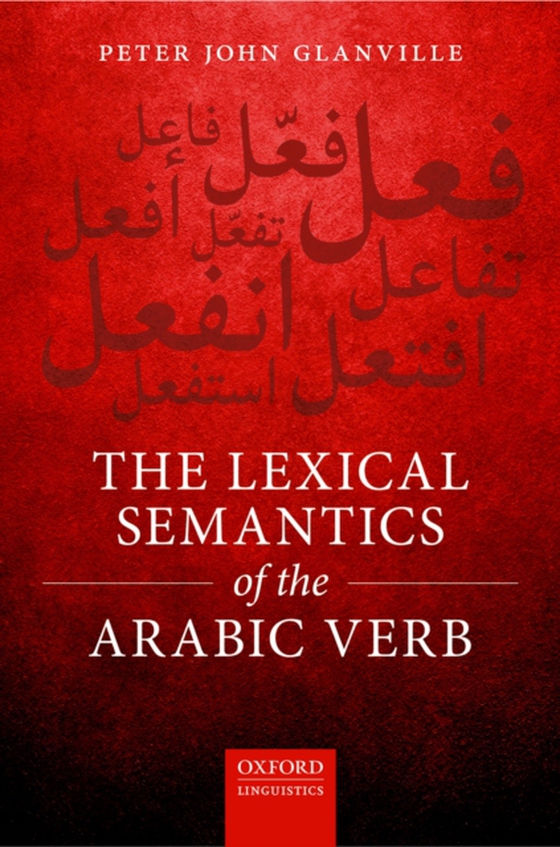
Lexical Semantics of the Arabic Verb e-bog
337,32 DKK
(inkl. moms 421,65 DKK)
This book is an investigation of Arabic derivational morphology that focuses on the relationship between verb meaning and linguistic form. Beginning with the ground form, the book offers a comprehensive analysis of the most common verb patterns of Arabic from a lexical semantic perspective. Peter Glanville explains why verbs with seemingly unrelated meanings share the same phonological shape, a...
E-bog
337,32 DKK
Forlag
OUP Oxford
Udgivet
20 april 2018
Længde
256 sider
Genrer
2CSR
Sprog
English
Format
pdf
Beskyttelse
LCP
ISBN
9780192511300
This book is an investigation of Arabic derivational morphology that focuses on the relationship between verb meaning and linguistic form. Beginning with the ground form, the book offers a comprehensive analysis of the most common verb patterns of Arabic from a lexical semantic perspective. Peter Glanville explains why verbs with seemingly unrelated meanings share the same phonological shape, and analyses sets of words that contain the same consonantal root to arriveat a common abstraction. He uses both contemporary and historical data to explore the semantics of reflexivity, symmetry, causation, and repetition, and argues that the verb patterns of Arabic that express these phenomena have come about as the result of grammaticalization and analogical processesthat are common cross-linguistically. The book adopts an approach to morphology in which rule-based derivation has created word patterns and consonantal roots, with the result that in some derivations roots may be extracted from a source word and plugged in to a pattern. It illustrates the semantic relationship between a source word and its derivative, while also offering evidence to support the view of the consonantal root as a morphological object. The volume will be a valuable resource foradvanced undergraduate and graduate students of Arabic language and linguistics who are interested in understanding the verb patterns of Arabic, the derivational relationships between words, and the construction of meaning in the mind. It will also appeal to researchers and students in morphology,semantics, historical linguistics, and cognitive linguistics.
 Dansk
Dansk

